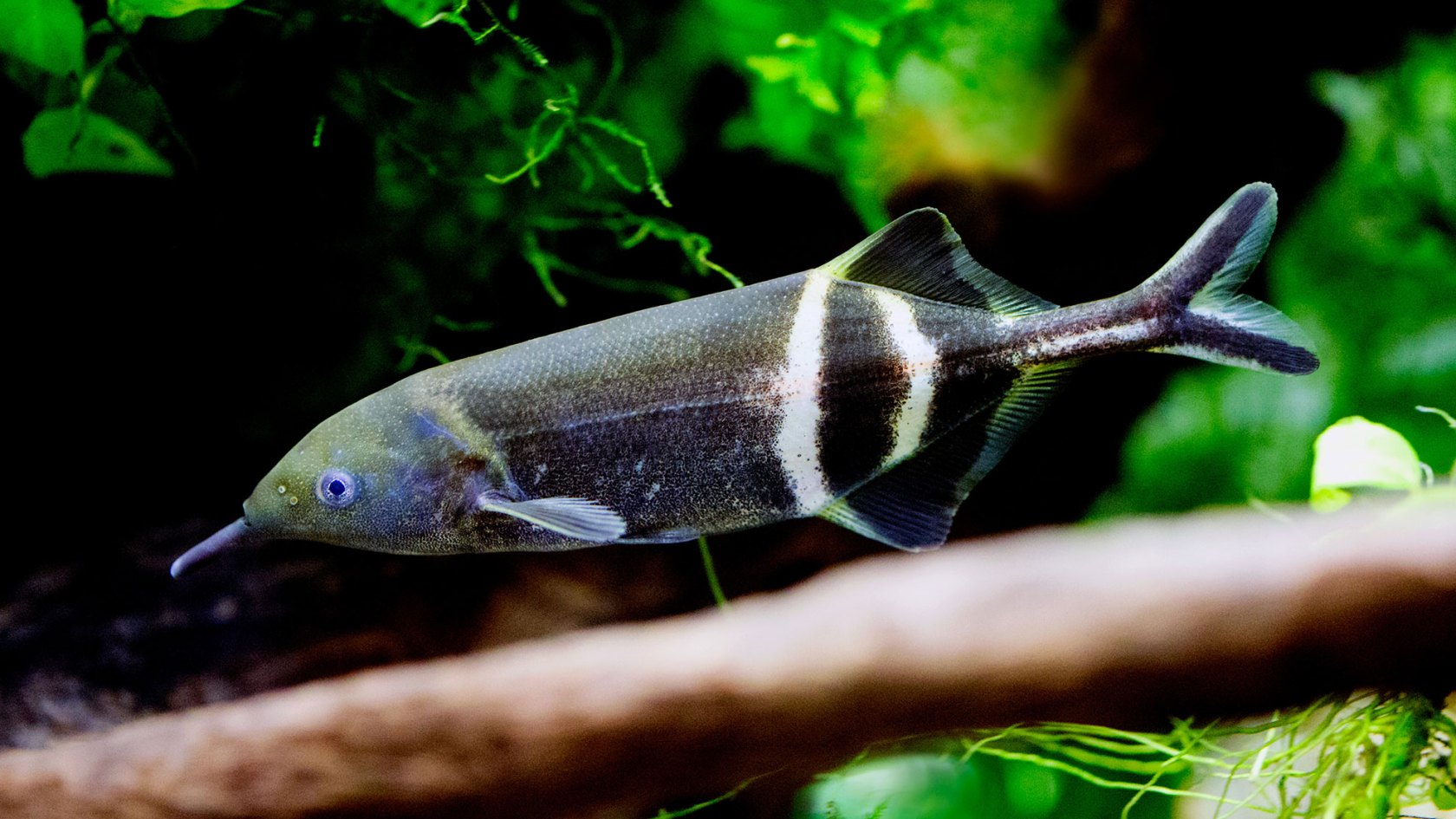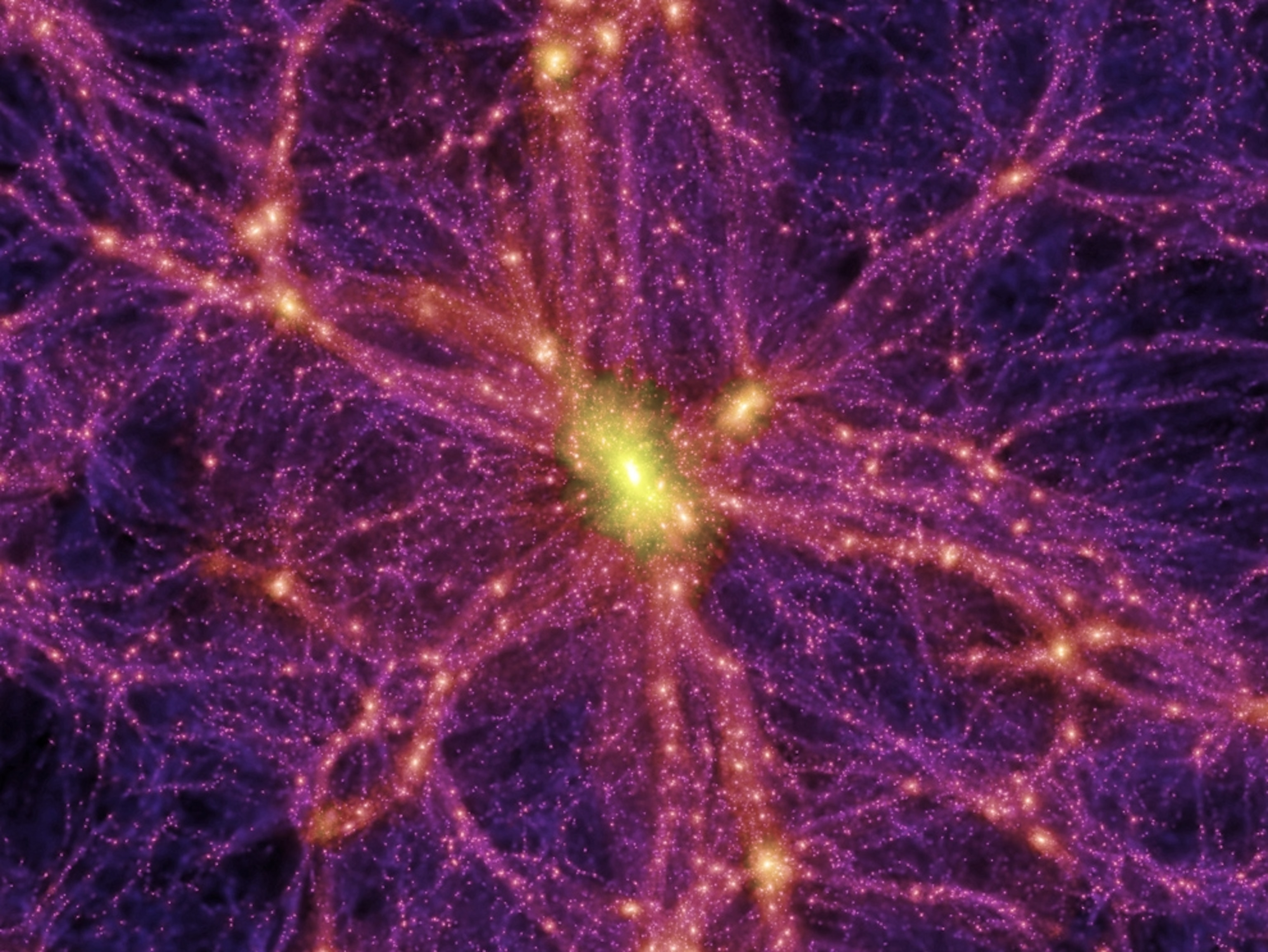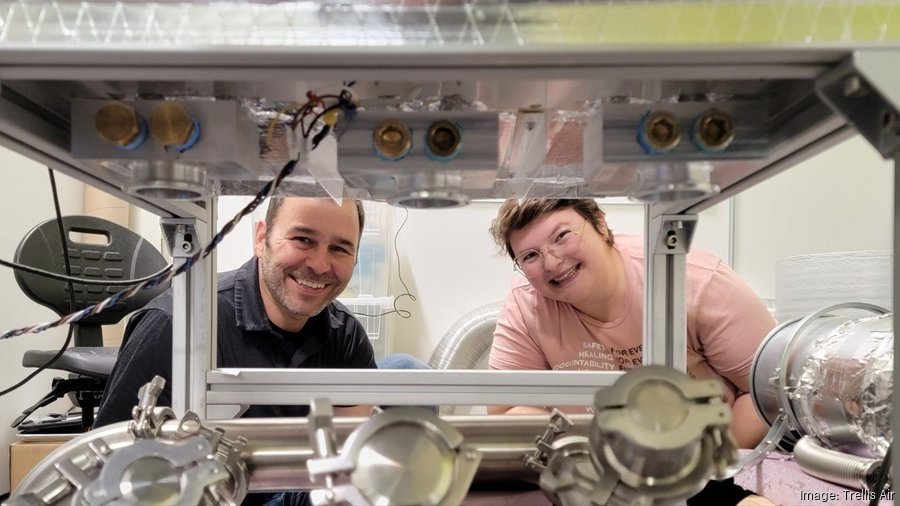Electric Fish NeuroAI represents a fascinating intersection of biology and artificial intelligence, providing insights into how cognitive processes can be mirrored in machines. Researchers are particularly enamored with the electric fish, whose ability to generate and perceive electric organ discharges gives them a unique form of communication. This capacity allows them to exhibit emergent behaviors, demonstrating collective intelligence through intricate interactions akin to those found in AI systems. Analyzing these agents offers a window into how interactions among individuals can lead to complex problem-solving and adaptability, vital traits for advanced technology. As scientists continue to unravel the mysteries of these aquatic organisms, the implications for both natural and artificial intelligence could be profound, guiding the future of intelligent systems.
The study of NeuroAI in electric fish unveils intriguing possibilities about the relationship between nature and machine learning. By examining how these unique aquatic creatures utilize their electric fields to communicate, researchers can gain insights into emergent behaviors that arise from interactions between various intelligent agents. This exploration not only enhances our understanding of collective intelligence but also informs the development of more sophisticated AI systems that mimic biological communication. The electric fish’s “language,” composed of simple electric pulses, could inspire novel frameworks for agent interaction in artificial environments. Ultimately, this research underlines the potential for collaboration between biological principles and technological advancement in creating smarter, more responsive AI.
Understanding Collective Intelligence Through Electric Fish
Collective intelligence is a fascinating phenomenon where the collaboration and interaction among individual agents lead to complex, emergent behaviors that aren’t solely driven by the individual actions of the members within a group. This concept is vividly illustrated in the behaviors of electric fish, particularly the elephantnose fish. These aquatic beings have evolved to utilize electric fields not merely for navigation but as a sophisticated communication system. By generating electric organ discharges (EODs), they can convey a variety of messages that facilitate cooperation and competition, allowing them to adapt to and thrive in their environments. The study of such interactions in these fish provides a valuable model for understanding how collective intelligence manifests in broader contexts, including human societies and artificial intelligence systems.
The research led by Kanaka Rajan highlights the significance of studying these weakly electric fish to decode the principles behind collective intelligence. The fish’s ability to react to each other’s electric signals means that their social interactions can produce intricate behavioral patterns. For instance, when one fish discovers a food source and emits specific electric signals, it triggers cooperative behaviors among other fish in the vicinity, showcasing how simple communication can lead to complex group dynamics. This critical examination of agent interaction is key to unlocking the principles that govern both biological and artificial systems, opening avenues for developing AI that can mimic the capabilities and efficiencies observed in nature.
Moreover, the exploration of collective intelligence in electric fish can provide insights into the design of advanced AI systems. By modeling the fish behavior through artificial agents, researchers are beginning to understand how cooperation and competition can be optimized in machine learning environments. These insights could render artificial intelligence systems more adaptable and effective at problem-solving by leveraging the dynamics of group interactions observed in electric fish. As computational models simulate these interactions, they reveal that the collective behaviors arise from individual strategies that have evolved over time, thereby emphasizing the importance of agent interaction in shaping social dynamics both in nature and in artificial systems.
The Role of Electric Organ Discharges in Social Behavior
Electric organ discharges (EODs) are more than just an adaptation for survival in electric fish; they are a crucial aspect of their social behavior and interaction. These electric signals serve multiple purposes, including communication during mating, establishing dominance, and coordinating group movements. The study of EODs in the elephantnose fish showcases how these simple electrical signals can encapsulate rich information that facilitates complex social behaviors. For instance, during mating seasons, EOD patterns may become more elaborate and frequent, helping fish establish their presence and attract potential partners. By understanding these dynamics, researchers can gain insights into the evolution of communication systems across species, including humans.
Furthermore, the proficiency of electric fish in synthesizing information from their electric pulses illustrates a form of collective intelligence that can be paralleled in human societal interactions. The way each fish modifies its EOD based on the feedback from others can lead to emergent behaviors that optimize the group’s survival strategies. This poses intriguing questions for scientists: Can the principles derived from electric fish’s use of EODs inform the development of AI systems that need to work collaboratively to achieve common goals? By tapping into the mechanisms of communication and interaction that electric fish employ, researchers may glean valuable strategies for fostering more efficient agent interactions in artificial intelligence.
The insights gained from studying electric organ discharges in these fish also have practical applications in technology. In developing AI systems, understanding how these creatures communicate can lead to innovations that enable machines to work together more effectively. The phenomenon observed in electric fish can inspire algorithms that allow AI to negotiate, cooperate, and make collective decisions based on instantaneous and dynamic feedback, similar to how fish respond to EODs. This study of cooperation in the natural world could inform policies that encourage collaborative behaviors among AI agents, pointing toward a future where intelligent machines learn to communicate and collaborate as effectively as social creatures.
Emergent Behaviors in Electric Fish Social Networks
Emergent behaviors are often seen in complex systems where simple rules or interactions lead to unpredictable and sophisticated outcomes. The social networks formed by electric fish present a fascinating case study into how collective intelligence and emergent behaviors manifest in nature. For instance, the coordination of movement as groups of electric fish navigate through their environment illustrates a remarkable level of social organization. When one fish discovers food, its electric pulses can lead nearby fish to the source, showcasing a collaborative approach to resource acquisition. This behavior is not merely instinctual but emerges from the electric signals shared within the group, providing insights into the intricacies of social interactions.
Rajan and her team’s research highlights the potential of these emergent behaviors in advancing our understanding of AI systems. By modeling electric fish interactions where agents must share information and make decisions based on the collective input, researchers can explore how complex behaviors arise from simple interactions among different agents. Understanding these dynamics can be beneficial not only for creating AI that mimics these behaviors but also for addressing challenges in fields such as robotics, swarm intelligence, and networked systems. The study of emergent behaviors in electric fish not only reveals the fundamental principles of cooperation and competition but also opens the door for creating artificial systems that can adapt to and thrive in complex environments.
Moreover, studying these social patterns can lead to the development of algorithms that enable AI systems to engage in more advanced forms of collective problem-solving. Just as electric fish efficiently navigate their environment by communicating electric pulse patterns, AI agents can be configured to share insights and coordinate actions based on real-time data, enhancing their functionality in dynamic scenarios. Additionally, the collective intelligence observed in electric fish could help inform strategies for resource allocation in AI networks, ensuring that agents work together towards common objectives rather than compete inefficiently.
AI Systems Inspired by Electric Fish Communication
The communication strategies employed by electric fish, particularly the use of their electric organ discharges (EODs), present an innovative model for designing AI systems. Electric fish communicate their intentions and statuses through their EODs in a way that is both efficient and effective, allowing them to establish social hierarchies and coordinate group behaviors. Inspired by this natural communication method, researchers aim to create AI systems that can similarly share information among agents to foster a collaborative problem-solving environment. These systems could adopt principles of collective intelligence found in electric fish to enable more sophisticated interactions among AI agents.
For instance, an AI system utilizing electric fish-inspired communication would be designed to dynamically adjust its behavior based on the input it receives from other agents. Just like the fish that respond to varying EOD frequencies from their peers, AI agents could refine their communication protocols to enhance cooperation. Such models could revolutionize how AI systems operate in various fields, allowing for seamless coordination and information sharing, thus emulating the remarkable efficiency seen in nature.
Moreover, the study of electric fish has implications for developing AI systems capable of adapting to complex environments. Electric fish are adept at modifying their EODs based on social context, which suggests that AI agents could benefit from similar adaptability. Researchers are exploring how communication can be optimized in AI systems to ensure that agents not only coordinate actions successfully but also learn from their interactions to improve future responses. This integration of adaptive communication systems within AI could lead to smarter, more responsive technologies that anticipate changes and adjust their strategies accordingly, much like electric fish do in the wild.
Learning from Electric Fish: Implications for AI Evolution
The evolutionary journey of electric fish offers profound insights into the potential future of AI development. Just as the electric fish have adapted their communication and behavior in response to environmental pressures over time, AI systems must also evolve to remain relevant and effective. Rajan’s research indicates that studying the evolutionary simulations of electric fish can inform us about how behaviors like cooperation and competition develop over generations. This understanding may also apply to conventional AI systems that require adaptive learning strategies to navigate dynamic environments, suggesting that the principles observed in biological systems could be integral to the evolution of intelligent machines.
In the world of AI, the concept of survival of the fittest can analogously apply as systems learn from their successes and failures. The behaviors that emerge within artificial agents, as inspired by electric fish, can lead to enhanced collaborative efforts, ultimately resulting in AI that is more attuned to collective problem-solving. By utilizing insights from electric fish, AI researchers can lay the groundwork for systems that not only adapt based on individual experiences but also develop collective strategies that enhance their overall effectiveness in diverse operational contexts.
Furthermore, by exploring the interrelations observed in electric fish populations, researchers can address critical questions about cooperation thresholds and competition limits in AI systems. Much like electric fish navigate social hierarchies based on resource availability, AI agents could learn to optimize for collaborative outcomes according to situational demands. This iterative learning process could evoke models of collective intelligence that align with nature’s principles, ultimately leading to a generation of AI that interacts more naturally and effectively across various applications while adapting to user needs.
Advancements in AI Through NeuroAI Inspired by Electric Fish
The intersection of NeuroAI and the study of electric fish represents a promising frontier for advancing artificial intelligence. Researchers are increasingly looking into how the perceptual and cognitive capacities of electric fish can inform AI development, particularly in creating systems that mimic biological processing. The intricate communication patterns of electric fish, driven by their unique neurophysiology, can inspire new AI paradigms centering around collective intelligence and agent interaction dynamics. Studying these biological phenomena not only enhances our understanding of neural processing but also informs how AI systems could be designed to operate with similar efficiency and adaptability in real-world environments.
By examining how electric fish deploy their electric discharges to communicate and make decisions collectively, AI researchers are uncovering methods to enhance machine learning algorithms. Such advancements could enable AI systems to interpret signals from their environments with higher accuracy and respond to social cues more effectively, paralleling the communication dynamics found in electric fish. As a result, NeuroAI stands to pioneer technologies that are not merely task-oriented but are capable of sophisticated interactions akin to natural forms of intelligence.
Moreover, the exploration of NeuroAI inspired by electric fish not only has implications for AI but also contributes to our understanding of biological systems. As researchers delve deeper into the interactions between electric fish and their environment, they can derive principles that inform both AI design and biological research. This reciprocal relationship means that innovations born from studying electric fish could lead to breakthroughs not only within technology but also in our broader comprehension of intelligence, communication, and the underlying principles that govern complex systems in nature and artificial environments alike.
Future Directions for Research in Electric Fish and AI
The future of research combining electric fish studies with AI technologies looks exceedingly promising. As scientists continue to investigate the social dynamics and communication methods of electric fish, they are poised to unlock deeper insights into collective intelligence that can reshape our approach to artificial systems. Future studies will likely delve into how electric fish adapt their communication strategies based on environmental changes, paving the way for AI systems that can similarly adjust their behaviors in response to dynamic contexts. Understanding these adaptive behaviors not only enhances our grasp of electric fish but strengthens the foundation for building AI that genuinely learns and evolves over time.
In addition, interdisciplinary collaborations between neurobiologists, ecologists, and AI researchers could augment our understanding of the complex behaviors exhibited by electric fish. By pooling diverse expertise, researchers can create more sophisticated models that explore the implications of similar communication patterns in various species, including humans. This could lead to breakthroughs in developing truly adaptive AI systems rooted in principles of collaboration and emergent behavior, fulfilling the promise of AI capable of robust interactivity and complex problem-solving.
As we advance further into the realm of neuro-inspired AI, the lessons learned from electric fish will undoubtedly inform the next generation of AI technologies. These insights into collective intelligence and agent interactions can yield AI systems that operate not only with human-like efficiency but also reflect the nuanced social mechanisms found in nature. Future AI developments inspired by electric fish have the potential to revolutionize industries such as robotics, social computing, and networked systems, enabling machines to behave in more naturally collaborative ways, enhancing both their performance and suitability for real-world applications.
Frequently Asked Questions
What role do electric organ discharges play in Electric Fish NeuroAI?
Electric organ discharges (EODs) serve as a fundamental communication method for electric fish, such as the elephantnose fish. These electrical pulses allow them to interact, cooperate, and compete within their environment, providing valuable insights for Electric Fish NeuroAI in modeling agent interactions and emergent behaviors.
How can studying electric fish enhance our understanding of collective intelligence in AI systems?
Studying electric fish, particularly their ability to communicate through EODs, helps researchers understand collective intelligence. By modeling their interactions in Electric Fish NeuroAI, scientists can explore how simple communication mechanisms lead to complex social dynamics relevant to AI systems.
What are the implications of emergent behaviors observed in electric fish for NeuroAI development?
Emergent behaviors in electric fish illustrate how individual actions can lead to complex group dynamics. These observations can inform the design of NeuroAI systems, guiding how artificial agents can leverage simple communication protocols to develop sophisticated collective intelligence.
In what ways do electric fish demonstrate agent interaction that can be modeled in NeuroAI?
Electric fish demonstrate agent interaction through their coordinated communication via EODs. This interaction, which can be replicated in Electric Fish NeuroAI, provides a framework for understanding how agents operate in environments through cooperation and competition, essential for developing effective AI systems.
What can artificial agents learn from the social behaviors of electric fish in the context of NeuroAI?
Artificial agents can learn about cooperation, competition, and communication dynamics by modeling electric fish behaviors in NeuroAI research. These insights into how fish utilize collective intelligence can inform the strategies of AI systems, potentially improving problem-solving capabilities in various applications.
How might Electric Fish NeuroAI inform the design of swarming AI systems?
Electric Fish NeuroAI can inform swarming AI system designs by revealing how electric fish use emergent collective behaviors to adapt and solve problems together. This understanding of streamlined communication and coordination can enhance collaboration among AI agents, resulting in more efficient problem-solving mechanisms.
Why is understanding multi-agent intelligence through electric fish important for future AI systems?
Understanding multi-agent intelligence through electric fish is vital as it highlights how simple interactions can yield complex outcomes. This knowledge can help shape the future of AI systems by applying principles of collective intelligence to enhance the cooperation and adaptability of artificial agents.
| Key Points | Details |
|---|---|
| Electric Fish Communication | Electric fish like the elephantnose fish use electric fields to communicate and navigate their environments. |
| Study Focus | Research is centered on the elephantnose fish, which uses electric organ discharges (EODs) to signal various behaviors. |
| Role in NeuroAI | These fish provide insights into collective intelligence, crucial for advancing NeuroAI technologies. |
| Collective Behaviors | Elephantnose fish exhibit emergent behaviors, such as collaborative foraging, which researchers aim to simulate. |
| Research Methodology | The study uses computer models to mimic fish behavior under different environmental conditions. |
| Implications for AI | Findings about cooperation and competition dynamics may inform the design of artificial intelligence systems. |
| Future Research | The research will explore learning processes in agents and the principles governing social interactions. |
Summary
Electric Fish NeuroAI is a groundbreaking field that explores how the unique communication strategies of electric fish like the elephantnose can inform artificial intelligence development. By studying these fish, researchers, including Kanaka Rajan from the Kempner Institute, aim to uncover fundamental principles of collective intelligence and how different agents, whether biological or artificial, interact and cooperate. As insights from this research are applied to AI systems, the potential for creating smarter, more adaptable technologies increases, paving the way for future advancements in both neurobiology and artificial intelligence.



